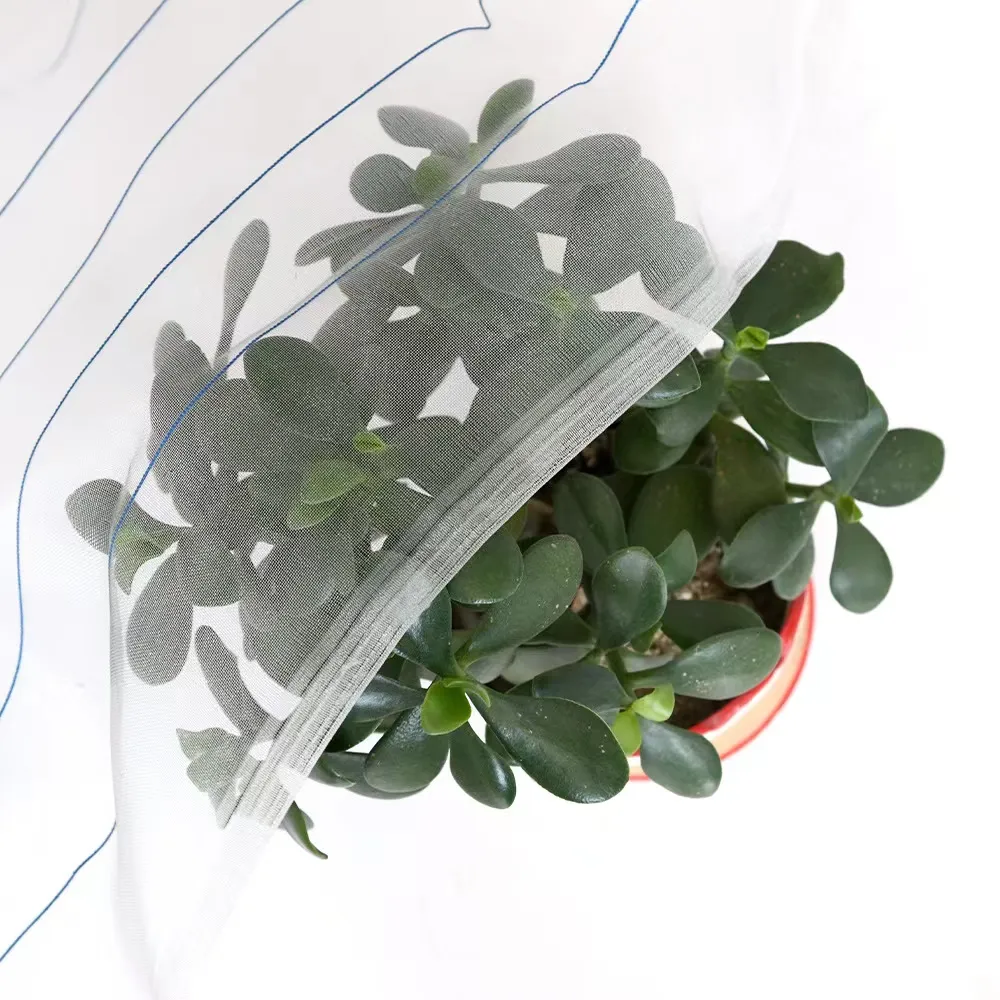-
 Afrikaans
Afrikaans -
 Albanian
Albanian -
 Amharic
Amharic -
 Arabic
Arabic -
 Armenian
Armenian -
 Azerbaijani
Azerbaijani -
 Basque
Basque -
 Belarusian
Belarusian -
 Bengali
Bengali -
 Bosnian
Bosnian -
 Bulgarian
Bulgarian -
 Catalan
Catalan -
 Cebuano
Cebuano -
 China
China -
 Corsican
Corsican -
 Croatian
Croatian -
 Czech
Czech -
 Danish
Danish -
 Dutch
Dutch -
 English
English -
 Esperanto
Esperanto -
 Estonian
Estonian -
 Finnish
Finnish -
 French
French -
 Frisian
Frisian -
 Galician
Galician -
 Georgian
Georgian -
 German
German -
 Greek
Greek -
 Gujarati
Gujarati -
 Haitian Creole
Haitian Creole -
 hausa
hausa -
 hawaiian
hawaiian -
 Hebrew
Hebrew -
 Hindi
Hindi -
 Miao
Miao -
 Hungarian
Hungarian -
 Icelandic
Icelandic -
 igbo
igbo -
 Indonesian
Indonesian -
 irish
irish -
 Italian
Italian -
 Japanese
Japanese -
 Javanese
Javanese -
 Kannada
Kannada -
 kazakh
kazakh -
 Khmer
Khmer -
 Rwandese
Rwandese -
 Korean
Korean -
 Kurdish
Kurdish -
 Kyrgyz
Kyrgyz -
 Lao
Lao -
 Latin
Latin -
 Latvian
Latvian -
 Lithuanian
Lithuanian -
 Luxembourgish
Luxembourgish -
 Macedonian
Macedonian -
 Malgashi
Malgashi -
 Malay
Malay -
 Malayalam
Malayalam -
 Maltese
Maltese -
 Maori
Maori -
 Marathi
Marathi -
 Mongolian
Mongolian -
 Myanmar
Myanmar -
 Nepali
Nepali -
 Norwegian
Norwegian -
 Norwegian
Norwegian -
 Occitan
Occitan -
 Pashto
Pashto -
 Persian
Persian -
 Polish
Polish -
 Portuguese
Portuguese -
 Punjabi
Punjabi -
 Romanian
Romanian -
 Russian
Russian -
 Samoan
Samoan -
 Scottish Gaelic
Scottish Gaelic -
 Serbian
Serbian -
 Sesotho
Sesotho -
 Shona
Shona -
 Sindhi
Sindhi -
 Sinhala
Sinhala -
 Slovak
Slovak -
 Slovenian
Slovenian -
 Somali
Somali -
 Spanish
Spanish -
 Sundanese
Sundanese -
 Swahili
Swahili -
 Swedish
Swedish -
 Tagalog
Tagalog -
 Tajik
Tajik -
 Tamil
Tamil -
 Tatar
Tatar -
 Telugu
Telugu -
 Thai
Thai -
 Turkish
Turkish -
 Turkmen
Turkmen -
 Ukrainian
Ukrainian -
 Urdu
Urdu -
 Uighur
Uighur -
 Uzbek
Uzbek -
 Vietnamese
Vietnamese -
 Welsh
Welsh -
 Bantu
Bantu -
 Yiddish
Yiddish -
 Yoruba
Yoruba -
 Zulu
Zulu
Exploring the Versatility and Applications of Mild Steel Mesh for Construction and Industrial Uses
The Benefits and Applications of Mild Steel Mesh
Mild steel mesh, also known as mild steel wire mesh or welded wire mesh, is a versatile material widely used in various industries due to its strength, affordability, and adaptability. Composed primarily of low carbon steel, mild steel mesh exhibits excellent ductility and malleability, making it an ideal choice for a myriad of applications.
One of the defining characteristics of mild steel mesh is its ability to be manufactured in various sizes and formats, from small rolls to large sheets, providing options suitable for different needs. The mesh typically features a grid structure formed by welding intersecting wires together, which enhances its strength and integrity. This construction technique allows mild steel mesh to maintain its shape and resist deformation, making it suitable for both structural and decorative applications.
Applications of Mild Steel Mesh
Mild steel mesh is utilized across numerous sectors, including construction, agriculture, and manufacturing. In the construction industry, it plays a crucial role in reinforcing concrete structures. By embedding steel mesh within concrete, builders can enhance the tensile strength and durability of the resulting structures, making them more resistant to cracking and structural failure. This application is particularly important in the construction of floors, walls, and foundations, where added strength is paramount.
In agriculture, mild steel mesh serves as fencing material to protect crops and livestock. Its robust nature deters pests and larger animals while allowing for airflow and sunlight to reach the plants. Moreover, this mesh is often used in the fabrication of cages and pens, providing a secure environment for various animals. The longevity of mild steel, especially when galvanised, ensures that agricultural structures withstand the elements over extended periods.
Beyond construction and agriculture, mild steel mesh is prevalent in manufacturing processes. It is often used as a support framework in the creation of products ranging from furniture to industrial equipment. The mesh can be cut, shaped, and welded to meet specific design requirements, enabling manufacturers to produce high-quality, durable items efficiently.
mild steel mesh

Benefits of Mild Steel Mesh
The benefits of utilizing mild steel mesh are numerous. First, its cost-effectiveness makes it an attractive option for both large-scale projects and smaller applications. Compared to materials like stainless steel or aluminum, mild steel offers a more budget-friendly alternative without compromising on quality or performance.
Additionally, mild steel mesh is easy to work with, allowing for quick installation and fabrication. It can be easily cut, bent, and welded, which facilitates custom designs according to the specific needs of a project. Moreover, the mild steel material can be treated with various coatings to enhance its resistance to corrosion and rust, thereby increasing its lifespan and reducing maintenance costs.
Sustainability is also an essential factor in today's market. Mild steel is recyclable, and its circular economy contributes positively to environmental conservation. As industries strive to reduce their carbon footprint, the recyclability of mild steel becomes increasingly significant.
Conclusion
Mild steel mesh is a fundamental material that offers myriad advantages across various industries. With its strength, versatility, and cost-effectiveness, it is effectively utilized in construction, agriculture, and manufacturing. As demand for durable and sustainable materials grows, mild steel mesh is well-positioned to meet the evolving needs of modern applications. Whether used for structural integrity, agricultural solutions, or industrial manufacturing, its impact on efficiency and effectiveness cannot be overstated. In a world where both functionality and sustainability are paramount, mild steel mesh continues to prove its worth time and again.
-
Shipping Plastic Bags for Every NeedNewsJul.24,2025
-
Safety Netting: Your Shield in ConstructionNewsJul.24,2025
-
Plastic Mesh Netting for Everyday UseNewsJul.24,2025
-
Nylon Netting for Every UseNewsJul.24,2025
-
Mesh Breeder Box for Fish TanksNewsJul.24,2025
-
Expanded Steel Mesh Offers Durable VersatilityNewsJul.24,2025











